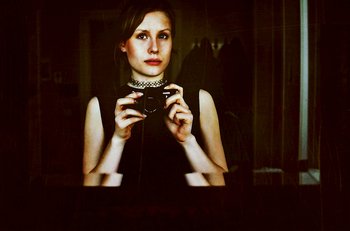|
| |
Tangible assets are resources that you own or control that have a physical presence and that are expected to produce future economic value. This can be contrasted with intangible assets such as a brand that has no physical presence. The following are common examples of tangible assets.Real estate | Buildings | Land improvements | Furnishings | Fixtures | Farmland | Vehicles | Equipment | Machines | Tools | Computers | Mobile devices | Electronics | Livestock | Crops | Timber | Materials | Parts | Components | Infrastructure | Jewelry | Collectibles | Antiques | Gemstones | Musical instruments | Inventory | Supplies | Cash and cash equivalents | Stocks, bonds and other marketable securities | Power systems |
|
Type | Assets | Definition | Resources that have a physical presence that are expected to produce future economic value. | Related Concepts | |
Next: Intangible Assets
If you enjoyed this page, please consider bookmarking Simplicable.
An overview of the common types of assets.
A guide to asset management.
A definition of information asset with examples.
An overview of capital assets with examples.
A definition of asset with a few examples.
Long-lived assets that cannot be easily converted into cash.
Assets that have no physical presence.
A basic overview of money.
The definition of tangible with examples.
TrendingThe most popular articles on Simplicable in the past day.
Recent posts or updates on Simplicable.
Site Map
© 2010-2023 Simplicable. All Rights Reserved. Reproduction of materials found on this site, in any form, without explicit permission is prohibited.
View credits & copyrights or citation information for this page.
|




















